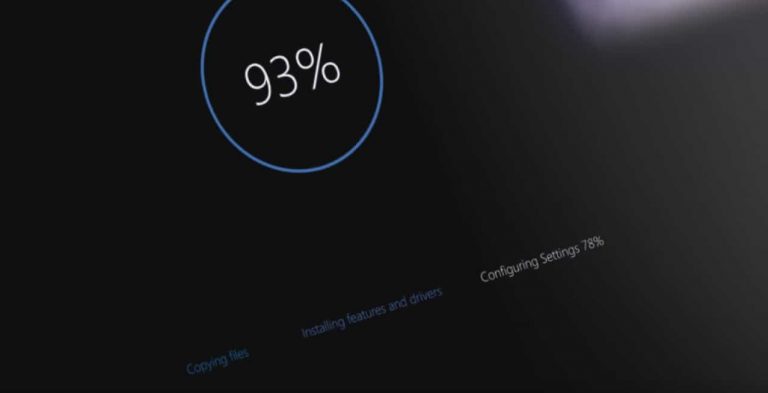As Microsoft continues to fine tweak Windows 10, the company is looking to optimize its upgrade process with each release. With the upcoming release of the Windows 10 Fall Creators Update, the Windows team is implementing a new process for upgrades that will result in what feels like a longer update process but will shorten the amount of “unusable” PC times.
In the latest Feedback Hub announcement, the Windows team explains how and why they’ve made the update switch.
“We’ve heard this feedback, and it’s true. By moving the old offline portions of the upgrade process to the online phase, upgrades will appear to take longer if you’re watching or timing the progress. We didn’t want to sacrifice usability for offline time so the upgrade processes are run at a lower priority to provide for best performance.”
The performance difference between the old and new processes break down to the following for users:
Old
Online phase:
- PC checks for updates (manually or automatically)
- Update downloads
- User content (apps/settings/configurations) is backed up
- New OS files are laid down (WIM process)
- PC waits for the required reboot to begin install
Offline phase:
- PC reboots to begin install process (manually or automatically)
- Drivers and other required OS files are migrated
- User content is restored
New
Online phase:
- PC checks for updates (manually or automatically)
- Update downloads
- User content (apps/settings/configurations) is backed up
- New OS files are laid down (WIM process)
- PC waits for the required reboot to begin install
Offline phase:
- PC reboots to begin install process (manually or automatically)
- Drivers and other required OS files are migrated
- User content is restored
- PC reboots and the update finalizes
So it seems that going forward, the update process will run longer from the settings menu to shorten the time the device is offline “updating and installing” the upgraded bits.
For users, the new upgrade process should be a welcomed relief as they can continue to use their PCs while the installation process works itself out in the background.
Over the past couple of Insider previews, the new update process has been in effect and it’s been relatively seamless and less intrusive than the older process.


